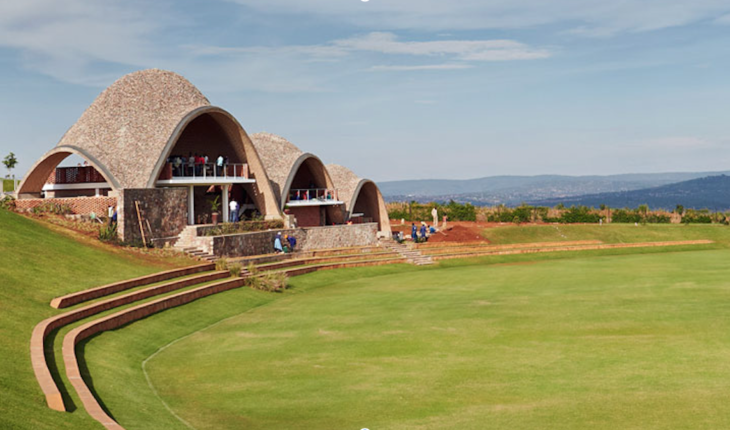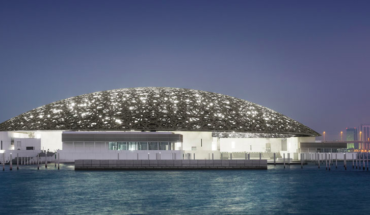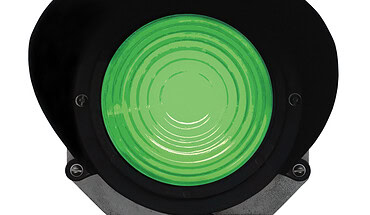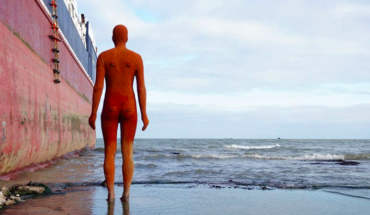Professor Tim Ibell is professor of structural engineering at the University of Bath and the former president of the Institution of Structural Engineers. He is Chair of the judging panel of the Structural Awards 2018.
‘As judges, what we are looking for in these awards is structural engineering excellence where the structural engineering aspect of a project is what makes it not just successful , but exceptional.
The standard is always incredibly high and the projects which are entered are already a highly self-selecting body of work. We receive around 150 entries over the 12 main categories and two special awards for sustainable projects and value for money projects, and have to reduce that to a shortlist of around 50 projects, which is extremely difficult for the judges to do. On the night of the awards, we will also award a supreme award to what we consider to be the most outstanding entry of all.
This year, we’ve received an unusual and imaginative collection of entries from sculptural monuments by renowned artists through to a cricket stadium dubbed ‘the Lord’s of East Africa’. We are also delighted to have see so many new firms entering their work for consideration in our unique awards.
Of course, in the light of the Genoa disaster, when a bridge collapsed killing 43 people, we will be thinking particularly about safety in the world of structural engineering, but I have to say that incidents like that are extremely rare and safety is a given in all of the projects we have assessed. The job of a structural engineer is to weigh up risk and take everything into account including environment, expected loadings, as well as cost effectiveness. Huge amounts of research and time go in to checking the safety of materials and ensuing that a structure is capable of coping with stresses over the course of its lifetime. That said, no project will win simply because it is very safe. We also look for creativity, sustainability, and beauty.
Innovation is also very important. Most of the projects we have selected have shown innovation in several different areas from method of construction, to materials. Take for example, the Louvre Abu Dhabi , which is shortlisted for the award for structural artistry. The whole central dome, designed by the architect ateliers Jean Nouvel, sits on four points, instead of being supported all the way round, giving the impression that is floating. This made the structural engineering, overseen by BuroHappold Engineering, incredibly complicated, but for the aesthetic to work, the structural engineering team needed to find a solution and they did.
The Perry bridge, which is shortlisted for the Award for Pedestrian bridges, is a key part of a new footpath and cycleway in Horotiu in New Zealand and its beautiful 130 metre long steel arch across a river is an unbelievable piece of pared down structural engineering. They used the very minimum amount of material to create an elegant crossing that costs just £1.3 million.
Sir Anthony Gormley’s Another Time, which is shortlisted for Structures in Extreme Conditions, is completely submerged beneath the sea at high tide. The imposing cast figure of Gormley’s own body is firmly anchored using creative engineering solutions by Considine Limited that combined redundant concrete slabs of a disused jetty with a new galvanised steel frame and in-situ colloidal concrete infill to provide the ‘secret’ mass foundation which ensures it prevails over wind and tides.
These and the other entries are likely to become iconic structures of the future and we are very grateful to everyone that has entered such extraordinary projects around the world.
- The Structural Awards… Tim Ibell on judging criteria - 22nd September 2018






